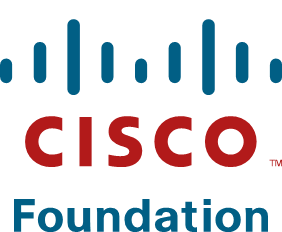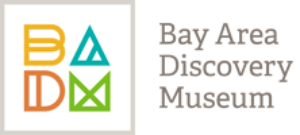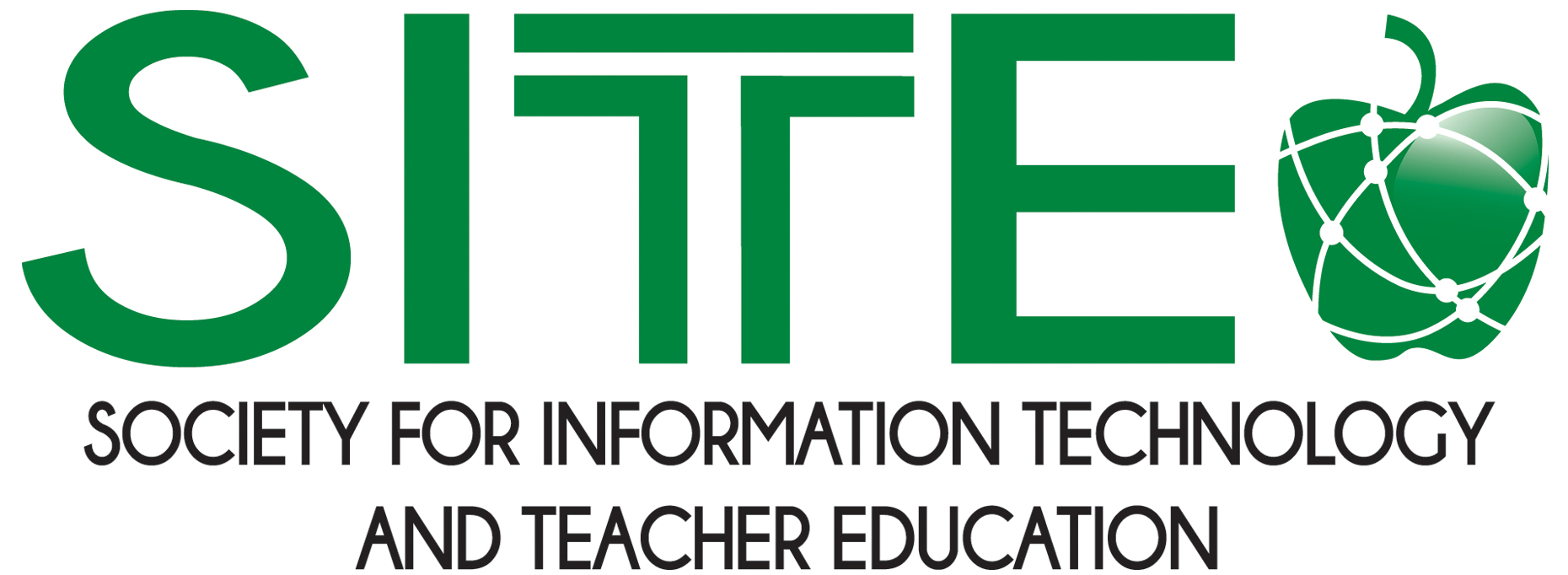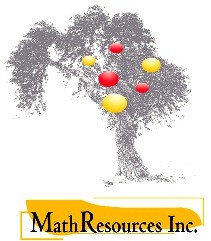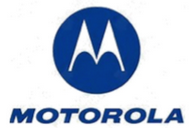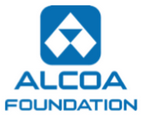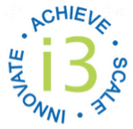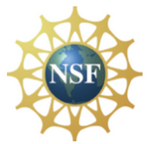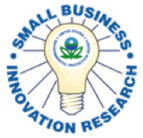Learn More About FabMaker Studio
Partners
FabMaker Studio is part of the Make To Learn Project led by Glen Bull at the University of Virginia Curry School of Education. The Make To Learn team is a public/private partnership that includes:
The members of this collaborative team have gathered around a common vision for elementary school STEM education and a conviction that no one sector, public or private, can alone bring about these important educational advances.
Dr. Peggy Healy Stearns, Children’s Software Designer
Peggy Healy Stearns, Ph.D. designed FabMaker Studio. She is an educator, author, and the designer of eight award-winning children’s software programs, including Stationery Studio®, The Graph Club®, Neighborhood MapMachine™, and Community Construction Kit®. Peggy draws on 20 years of experience as a classroom teacher and technology specialist.
The Reynolds Center for Teaching, Learning, and Creativity
The Reynolds Center TLC is a nonprofit that encourages creativity and innovation in teaching and learning. They are dedicated to ensuring that all learners develop the vision, confidence, knowledge and skills needed to move their own lives forward, and to use their talents, strengths and energy to move their communities and the world to a better place. They are leading the research and development efforts for the FabMaker Studio software.
Awards & Research
The Fab@School Project has received numerous awards for educational innovation. FabMaker Studio would not be possible without generous funding and support from many organizations, including:
Fab Maker Studio emerged from the national Make To Learn initiative – a collaborative of nonprofit, educational, and for-profit organizations spearheaded by the University of Virginia. This initiative collaborated to achieve a shared goal of tackling the disruption in the STEM education and career pipeline – at a much earlier point in students’ learning journey. The coalition has spent the last six years building a research-based initiative to integrate STEM education into elementary and middle school curricula in more effective ways – with support from, among others, NSF, US Department of Education, MacArthur Foundation, Motorola, and the Gates Foundation. Research pilots, funded by the Noyce Foundation, demonstrated efficacy in shifting students’ attitudes about STEM education, including a 30%+ increase in interest in STEM learning after 8-weeks of the program.
In June 2018, MaSTEM students in grades 1-5 in three school districts in Massachusetts participated in PEAR Institute Common Instrument Suite (CIS). This end of year survey is done through the PEAR Institute: Partnerships in Education and Resilience at Harvard Medical School and McLean Hospital, and measures students' interest and engagement towards Science, Technology, Engineering and Math (STEM).
“Overall, of the students that completed the CIS at Fab Schools in Spring/Summer 2018, 96.9% of students reported positive gains in STEM Interest and 82.1% in STEM Identity as a result of participating in their programming. Additionally, 84.6% of students reported positive gains in Relationships with Adults, 61.5% in Relationships with Peers, 87.2% in Perseverance, and 87.2% in Critical Thinking,” according to the report. For more details click here.
Learning Standards
With FabMaker Studio, you can implement STEAM (Science, Technology, Engineering, Math + Arts) projects that address multiple standards, including the following:
NGSS Standards
3-5 ETS1-1 Define a simple design problem reflecting a need or a want that includes specified criteria for success and constraints on materials, time, or cost.
3-5 ETS1-2 Generate and compare multiple possible solutions to a problem based on how well each is likely to meet the criteria and constraints of the problem.
4-PS3-2 Make observations to provide evidence that energy can be transferred from place to place by sound, light, heat, and electric currents.
4-PS3-4 Apply scientific ideas to design, test, and refine a device that converts energy from one form to another.
MS-ETS1-1 Define the criteria and constraints of a design problem with sufficient precision to ensure a successful solution, taking into account relevant scientific principles and potential impacts on people and the natural environment that may limit possible solutions.
MS-PS2-3 Develop a model to describe that when the arrangement of objects interacting at a distance changes, different amounts of potential energy are stored in the system.
Common Core Math Standards
MP.5 Use appropriate tools strategically
4.OA Use the four operations with whole numbers to solve problems.
4.G.A.2 Classify two-dimensional figures based on the presence or absence of parallel or perpendicular lines, or the presence or absence of angles of a specified size. Recognize right triangles as a category, and identify right triangles.
Common Core Literacy Standards
ELA-Literacy.RST.6-8.3 Follow precisely a multistep procedure when carrying out experiments, taking measurements, or performing technical tasks.
ELA-Literacy.RST.6-8.4 Determine the meaning of symbols, key terms, and other domain-specific words and phrases as they are used in a specific scientific or technical context relevant to grades 6-8 tests and topics.
ELA-Literacy.RST.6-8.7 Integrate quantitative or technical information expressed in words in a text with a version of that information expressed visually (e.g., in a flowchart, diagram, model, graph, or table.
ISTE Standards
1. Creativity and Innovation: Students demonstrate creative thinking, construct knowledge, and develop innovative products and processes using technology.
4. Critical thinking, problem solving, and decision making: Students use critical thinking skills to plan and conduct research, manage projects, solve problems, and make informed decisions using appropriate digital tools and resources.
6. Technology operations and concepts: Students demonstrate a sound understanding of technology concepts, systems, and operations.
Virginia Standards of Learning
Physical Science 2010 Standards of Learning Goal #7: Develop scientific dispositions and habits of mind including: respect for historical contributions.
PS.1m Models and simulations are constructed and used to illustrate and explain phenomena.
PS.11 The student will investigate and understand basic principles of electricity and magnetism.
2016 Massachusetts Digital Literacy and Computer Sciences:
3-5.CT.e.2 Identify the concepts, features, and behaviors illustrated by a simulation (e.g., object motion, weather, ecosystem, predator/prey) and those that were not included.
3-5.CT.a.1 Use numbers or letters to represent information in another form (e.g., secret codes, Roman numerals, abbreviations).
4-PS3-2. Make observations to show that energy can be transferred from place to place by sound, light, heat, and electric currents.
6-8.CT.e.2 Use and modify simulations to analyze and illustrate a concept in depth (e.g., light rays/mechanical waves interaction with materials, genetic variation).
6-8.DTC.a.4 Individually and collaboratively use advanced tools to design and create online content (e.g., digital portfolio, multimedia, blog, webpage).
6-8.DTC.c Research
6-8.CT.e.3 Select and use computer simulations, individually and collaboratively, to gather, view, analyze, and report results for content-related problems (e.g., migration, trade, cellular function).
9-12.DTC.c Research
9-12.CT.e Modeling and Simulation
2016 Massachusetts Science and Technology/Engineering Standards
HS-ESS3-2. Evaluate competing design solutions for minimizing impacts of developing and using energy and mineral resources, and conserving and recycling those resources, based on economic, social, and environmental cost-benefit ratios.* Clarification Statement: Examples include developing best practices for agricultural soil use, mining (for metals, coal, tar sands, and oil shales), and pumping (for petroleum and natural gas)
HS-ESS3-3. Illustrate relationships among management of natural resources, the sustainability of human populations, and biodiversity.
HS-ETS1-1. Analyze a major global challenge to specify a design problem that can be improved. Determine necessary qualitative and quantitative criteria and constraints for solutions, including any requirements set by society. Clarification Statement: Examples of societal requirements can include risk mitigation, aesthetics, ethical considerations, and long-term maintenance costs.
HS-ETS1-4. Use a computer simulation to model the impact of a proposed solution to a complex real-world problem that has numerous criteria and constraints on the interactions within and between systems relevant to the problem.
HS-ETS1-5(MA). Plan a prototype or design solution using orthographic projections and isometric drawings, using proper scales and proportions.
HS-ETS1-6(MA). Document and present solutions that include specifications, performance results, successes and remaining issues, and limitations.



